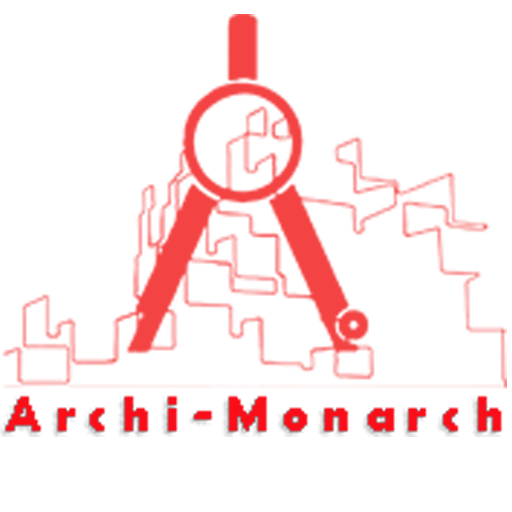In architecture, a flow switch connection refers to the integration of a device that monitors and controls the movement of liquids or gases through a system, ensuring proper flow within building infrastructure.
These switches are commonly used in HVAC systems, plumbing, and fire protection systems to detect changes in flow rates, triggering automated responses such as alarms, pump activation, or system shutdown when irregularities occur.
Proper placement and connection of flow switches are crucial to maintaining system efficiency, safety, and responsiveness. In architectural design, consideration is given to accessibility for maintenance, compatibility with building management systems, and ensuring the flow switch integrates seamlessly into the overall infrastructure.
If you want to know about the staircase detail or toilet detail or landscape layout detail, please click the link.
Image of Flow switch connection detail and downloadable (in DWG) link below

Flow switch connection detail drawing – 1
A flow switch connection detail drawing in construction typically shows the precise installation of a flow switch within a piping system, ensuring proper monitoring of fluid flow.
This drawing usually includes:
- Piping Layout: Shows the inlet and outlet pipes, including dimensions and pipe materials.
- Flow Switch Placement: Indicates the exact location of the flow switch, often placed on a straight pipe section to avoid turbulence.
- Mounting Details: Depicts brackets, supports, and other hardware used to secure the flow switch.
- Electrical Connections: Shows wiring diagrams, including power supply, signal wires, and connection to control panels or alarms.
- Annotations and Symbols: Labels for components like valves, gauges, and sensors, along with flow direction arrows.
- Reference Notes: Includes installation guidelines, maintenance access, and compliance with standards (e.g., NFPA for fire protection).
A flow switch connection detail drawing may also include testing points to verify proper functionality after installation and clearances for maintenance access, ensuring ease of inspection and servicing. These details help ensure the system operates reliably and complies with safety standards.
Our tips to help you improve your architectural Flow switch connection detailing.
